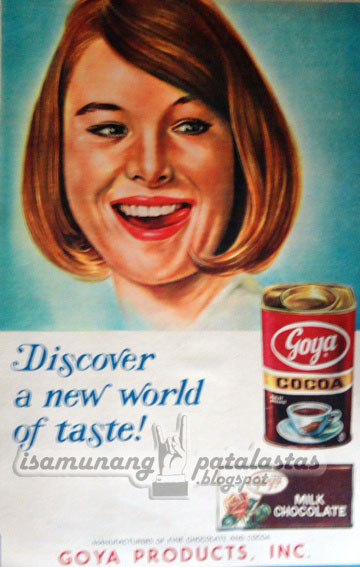The brand that briefly gave icon brand Del Monte a run for its money was DOLE Philippines, which, with its array of canned pineapple and fruit drinks, was looked at as a threat to the former’s monopolistic pineapple business.
DOLE Philippines began operations in 1963 with Dolefil, a major producer of fresh and canned pineapples located in Polomolok, South Cotabato. The company's history in the Philippines is linked to the worldwide expansion of its parent company, which, in 1903 started the mass-production of canned pineapples in Hawaii. The pineapples were grown in the vast pineapple plantations that were processed in the company’s manufacturing facilities, which were canned to the highest standards,
By 1965, Dolefil made its first shipment of 30,000
cases of canned pineapple products to the US. At this time, DOLE
products were being marketed and advertised in the Philippines, beginning with
the canned pineapple products (chunks, crushed,
tidbits) and juices (pineapple, pineapple orange, pineapple strawberry).
DOLE products became popular options to Filipinos, as well as their mixed-fruit juices. To maintain quality control, Dolefil put up its own can manufacturing plant in 1968, and a packaging plant in 1976.
Things were going well for DOLE, until the more
established Del Monte Phils.went all-out in advertising, featuring well-strategized
and well-crafted TV commercials from the ad agency, McCann-Erickson, that
were targeted at lower-middle classes. After all, pineapple juice was a staple
drink in practically all-Filipino events, much like soda.
In 1990, Stanfilco, another Dole operation in the Philippines, merged with Dolefil. In 2013, Dole Phils. was turned over to Itochu Corporation, and became the majority owner of DOLE plc, a global producer and marketer of fresh fruits and vegetables. This means that it has significant ownership of DOLE's Asian fresh produce and worldwide packaged foods businesses , and has also been expanding DOLE's pineapple production in the Philippines.


















































